Home>Gardening & Outdoor>Landscaping Ideas>How Fast Does Grass Grow In A Week
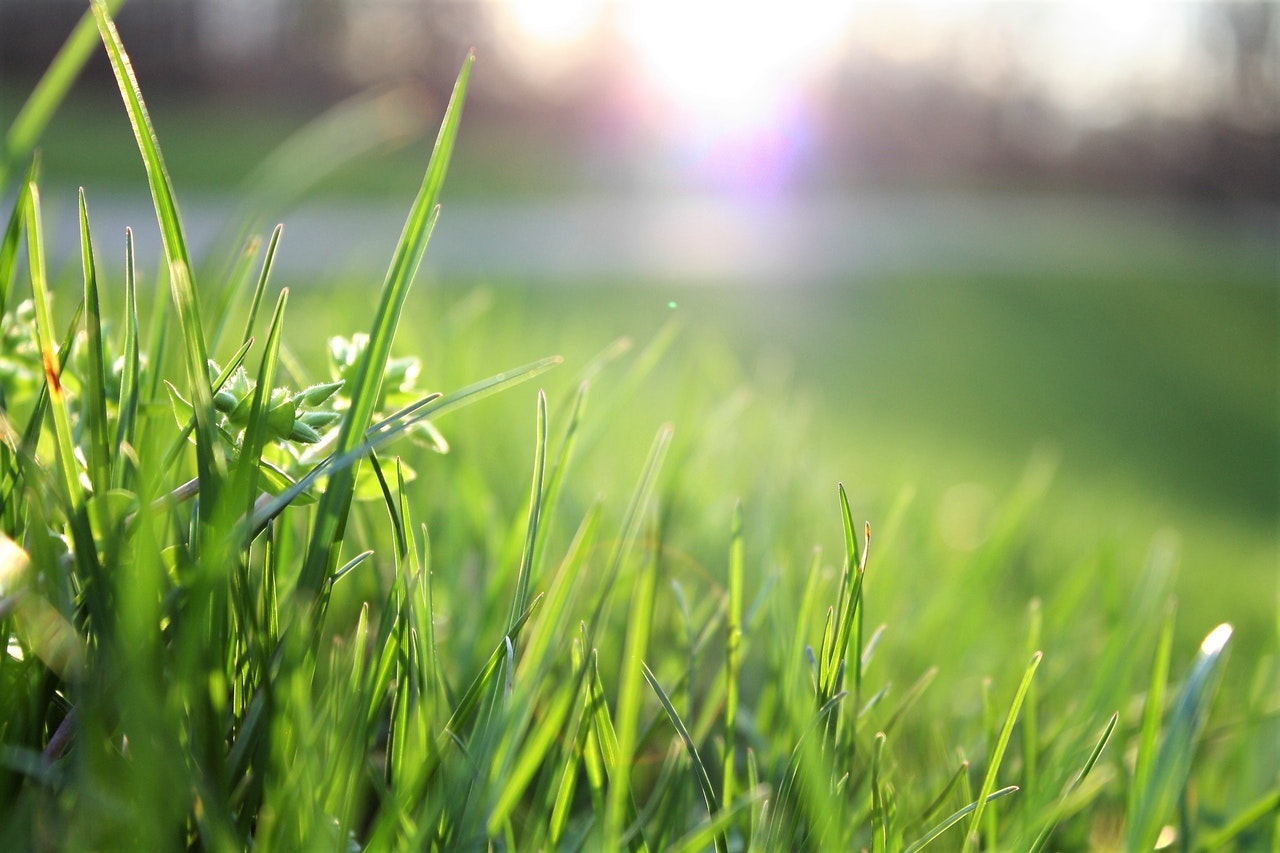

Landscaping Ideas
How Fast Does Grass Grow In A Week
Published: January 28, 2024
Discover expert landscaping ideas and learn how fast grass grows in a week. Explore tips for achieving a lush, vibrant lawn in no time.
(Many of the links in this article redirect to a specific reviewed product. Your purchase of these products through affiliate links helps to generate commission for Storables.com, at no extra cost. Learn more)
Introduction
Read more: How Does Grass Grow
Introduction
When it comes to creating a lush, green lawn, understanding the growth rate of grass is crucial. Whether you're establishing a new lawn or maintaining an existing one, the speed at which grass grows can impact your landscaping plans and maintenance schedule. In this article, we'll explore the factors that influence the growth of grass, delve into the average growth rate of various grass species, and provide practical tips for promoting faster grass growth.
Understanding the intricacies of grass growth can empower you to make informed decisions about lawn care, irrigation, and landscaping practices. By gaining insight into the factors that contribute to healthy grass growth, you can cultivate a vibrant lawn that enhances the beauty of your outdoor space. So, let's embark on a journey to uncover the secrets of how fast grass truly grows and how you can optimize its growth for a stunning, verdant lawn.
Factors Affecting Grass Growth
Key Takeaways:
- Grass growth is influenced by climate, soil quality, water, sunlight, maintenance, and pests. Understanding these factors helps create a vibrant lawn.
- Different grass species have varying growth rates. By implementing proper watering, mowing, fertilization, and pest control, you can promote faster and healthier grass growth.
Factors Affecting Grass Growth
The growth of grass is influenced by a myriad of factors, each playing a crucial role in determining the speed and quality of its development. Understanding these factors is essential for nurturing healthy and vibrant grass. Let’s explore the key elements that affect the growth of grass:
- Climate: The climate of a region significantly impacts grass growth. Different grass species thrive in specific climate conditions. For instance, cool-season grasses such as Kentucky bluegrass and fescue flourish in cooler climates, while warm-season grasses like Bermuda grass and Zoysia grass thrive in warmer regions.
- Soil Quality: The composition and health of the soil directly affect grass growth. Factors such as soil pH, nutrient levels, compaction, and drainage play pivotal roles in determining the grass’s ability to establish strong roots and access essential nutrients.
- Water Availability: Adequate water supply is essential for promoting healthy grass growth. Insufficient water can lead to stunted growth, while overwatering may result in shallow root systems and increased susceptibility to diseases.
- Sunlight Exposure: The amount of sunlight a lawn receives impacts the photosynthesis process, which is vital for grass growth. Different grass species have varying sunlight requirements, and understanding these needs is crucial for optimizing growth.
- Maintenance Practices: Lawn care practices, such as mowing height, fertilization, and aeration, directly influence grass growth. Proper maintenance can encourage robust growth, while neglect or improper care can hinder the grass’s development.
- Pest and Disease Control: Pest infestations and diseases can impede grass growth. Implementing effective pest control measures and disease prevention strategies is essential for maintaining optimal growth conditions.
By considering these factors and tailoring your lawn care practices to accommodate them, you can create an environment that fosters vigorous grass growth. With a deep understanding of these elements, you’ll be well-equipped to optimize the growth of your lawn and cultivate a verdant landscape.
Average Growth Rate of Grass
Read more: How Big Does Lemongrass Grow
Average Growth Rate of Grass
Grass growth rates vary depending on the species, environmental conditions, and maintenance practices. Understanding the average growth rates of different grass types can provide valuable insights into managing and nurturing your lawn. Let’s explore the typical growth rates of popular grass species:
- Kentucky Bluegrass: Known for its fine texture and dense growth, Kentucky bluegrass has a moderate growth rate. Under optimal conditions, it can grow approximately 2 to 3 inches per month.
- Fescue: Fine fescue varieties exhibit a slow to moderate growth rate, typically averaging 1.5 to 2.5 inches of growth per month. Tall fescue, on the other hand, tends to grow slightly faster, averaging 2 to 3 inches per month.
- Bermuda Grass: As a warm-season grass, Bermuda grass boasts a rapid growth rate, often growing 1 to 1.5 inches per week during peak growing seasons when provided with ample sunlight and water.
- Zoysia Grass: Zoysia grass, another warm-season variety, showcases a moderate growth rate, averaging 1 to 1.5 inches per week under favorable conditions.
- St. Augustine Grass: This warm-season grass exhibits a moderate growth rate of approximately 2 to 3 inches per month when provided with adequate sunlight and water.
It’s important to note that these growth rates are general estimates, and actual growth may vary based on specific environmental factors and maintenance practices. Additionally, factors such as seasonal changes, soil quality, and climate variations can influence the growth rates of grass species.
By understanding the typical growth rates of different grass types, you can set realistic expectations for lawn maintenance and plan your landscaping activities accordingly. Whether you’re overseeing a new lawn establishment or maintaining an existing one, this knowledge can guide your approach to promoting healthy and vibrant grass growth.
Tips for Faster Grass Growth
Tips for Faster Grass Growth
Promoting faster grass growth requires a strategic approach that addresses various aspects of lawn care and maintenance. By implementing the following tips, you can create an environment conducive to accelerated grass growth:
- Soil Testing and Amendment: Conduct a soil test to assess the pH levels and nutrient content of your soil. Based on the results, amend the soil as needed to create an optimal growing environment for grass. Adding organic matter and appropriate fertilizers can enhance soil quality and promote robust grass growth.
- Proper Watering: Establish a consistent and efficient watering schedule to ensure that your lawn receives adequate moisture. Deep, infrequent watering encourages deep root growth and resilience, while shallow and frequent watering can lead to weak, shallow roots.
- Appropriate Mowing Practices: Set your mower blades to the recommended height for your grass species and avoid cutting more than one-third of the grass blade length at a time. Proper mowing practices promote healthy growth and minimize stress on the grass.
- Fertilization: Apply fertilizers at the right time and in the correct amounts to provide essential nutrients for grass growth. Consider using slow-release fertilizers to sustainably nourish the grass over an extended period.
- Aeration: Periodically aerate your lawn to alleviate soil compaction and improve air, water, and nutrient penetration into the root zone. Aeration fosters a healthy root system and facilitates faster grass growth.
- Weed and Pest Control: Effectively manage weeds and pests that can compete with grass for essential resources. Implement targeted control measures to minimize the impact of invasive plants and damaging pests on grass growth.
- Maintain Optimal Sunlight Exposure: Ensure that your lawn receives the appropriate amount of sunlight based on the light requirements of your grass species. Trimming overhanging branches and strategically planting shade-tolerant grass in shaded areas can optimize sunlight exposure for healthy growth.
- Overseeding: Introduce new grass seed to thicken the lawn and fill in bare patches. Overseeding can rejuvenate the lawn, enhance its density, and promote faster overall growth.
By incorporating these tips into your lawn care regimen, you can create an environment that accelerates grass growth and fosters the development of a lush and resilient lawn. Tailoring these practices to suit the specific needs of your grass species and local climate can yield remarkable results in promoting faster and healthier grass growth.
Conclusion
Read more: How Does Grass Grow Naturally
Conclusion
Understanding the intricacies of grass growth is essential for anyone seeking to cultivate a vibrant and healthy lawn. From the diverse factors influencing grass growth to the average growth rates of popular grass species, this knowledge serves as a cornerstone for effective lawn care and landscaping practices. By recognizing the impact of climate, soil quality, water availability, sunlight exposure, maintenance practices, and pest control on grass growth, individuals can make informed decisions to optimize their lawn’s health and appearance.
Armed with insights into the average growth rates of grass species, homeowners and landscaping enthusiasts can set realistic expectations and tailor their maintenance routines to support healthy and vigorous grass growth. Whether nurturing cool-season grasses like Kentucky bluegrass and fescue or tending to warm-season varieties such as Bermuda grass and Zoysia grass, understanding the unique growth characteristics of each species empowers individuals to provide tailored care for optimal results.
Furthermore, the implementation of targeted strategies for promoting faster grass growth, including soil testing and amendment, proper watering, appropriate mowing practices, fertilization, aeration, weed and pest control, and overseeding, can significantly impact the overall health and lushness of the lawn. By integrating these practices into a comprehensive lawn care regimen, individuals can create an environment that accelerates grass growth and fosters the development of a resilient and visually appealing landscape.
In essence, the journey to achieving faster grass growth involves a harmonious blend of environmental awareness, horticultural knowledge, and proactive maintenance. By recognizing the interconnectedness of various factors and leveraging practical tips to enhance grass growth, individuals can embark on a rewarding endeavor to transform their outdoor spaces into thriving, verdant havens.
Ultimately, the pursuit of faster grass growth is not merely a horticultural endeavor but a testament to the dedication and artistry of those who seek to cultivate natural beauty and vitality in their surroundings. With a deep understanding of the dynamics of grass growth and a commitment to implementing best practices, anyone can embark on a journey to nurture a stunning, flourishing lawn that serves as a source of pride and joy.
Frequently Asked Questions about How Fast Does Grass Grow In A Week
Was this page helpful?
At Storables.com, we guarantee accurate and reliable information. Our content, validated by Expert Board Contributors, is crafted following stringent Editorial Policies. We're committed to providing you with well-researched, expert-backed insights for all your informational needs.
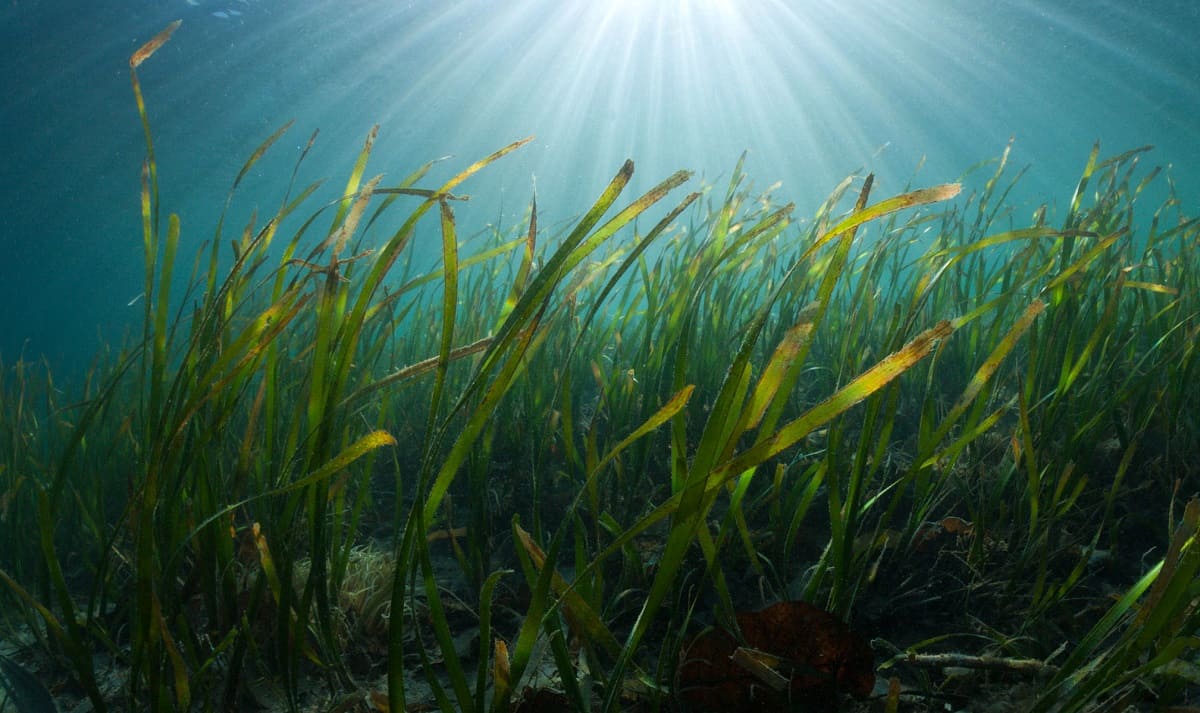
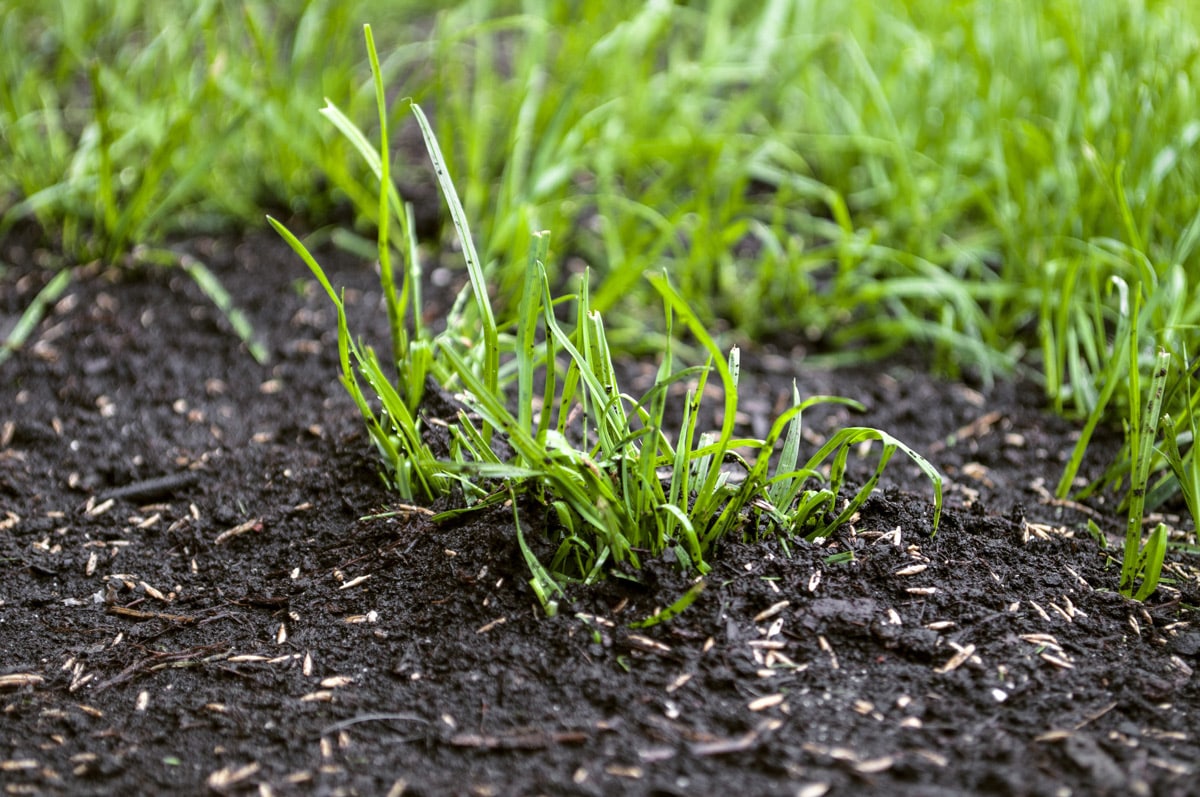
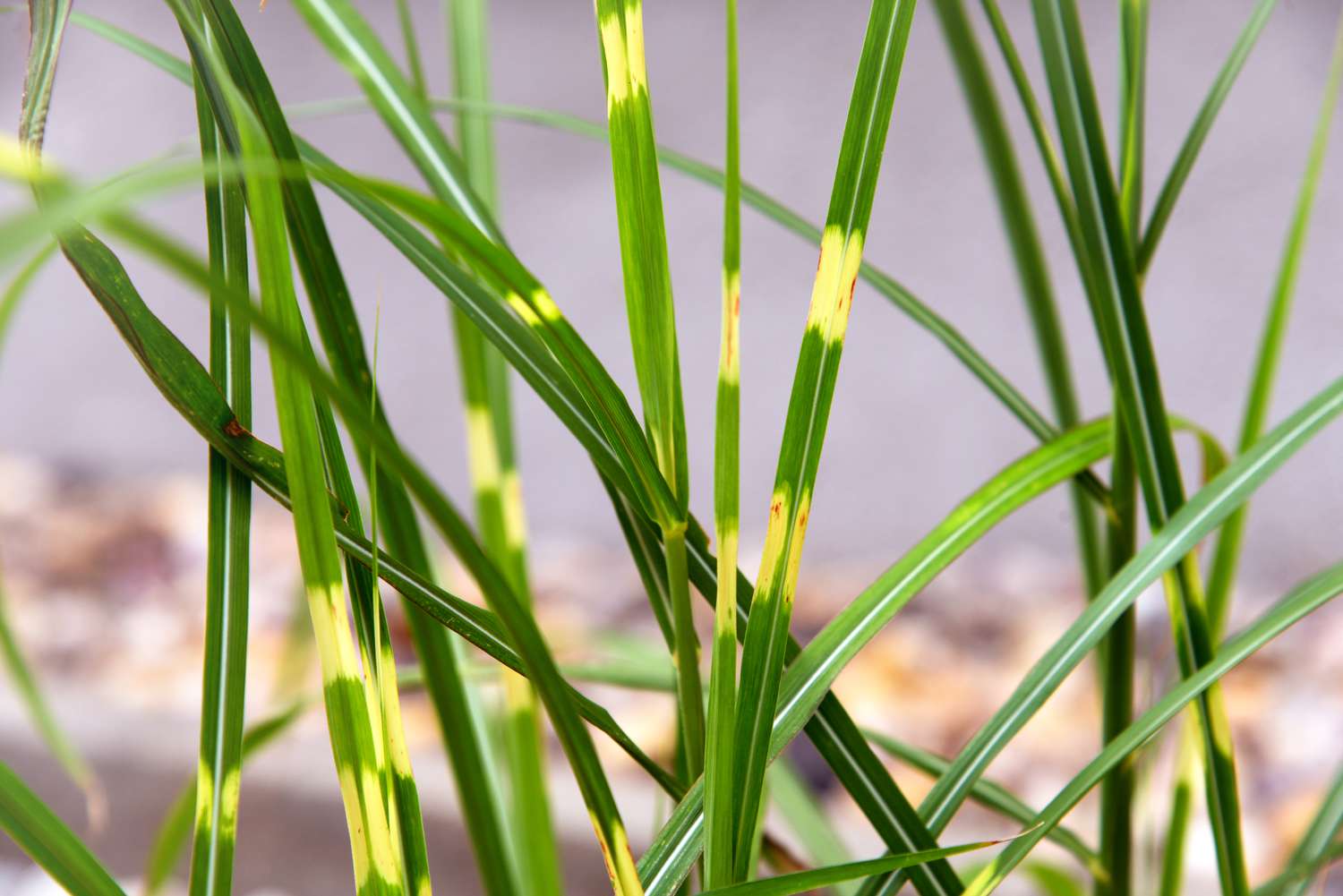
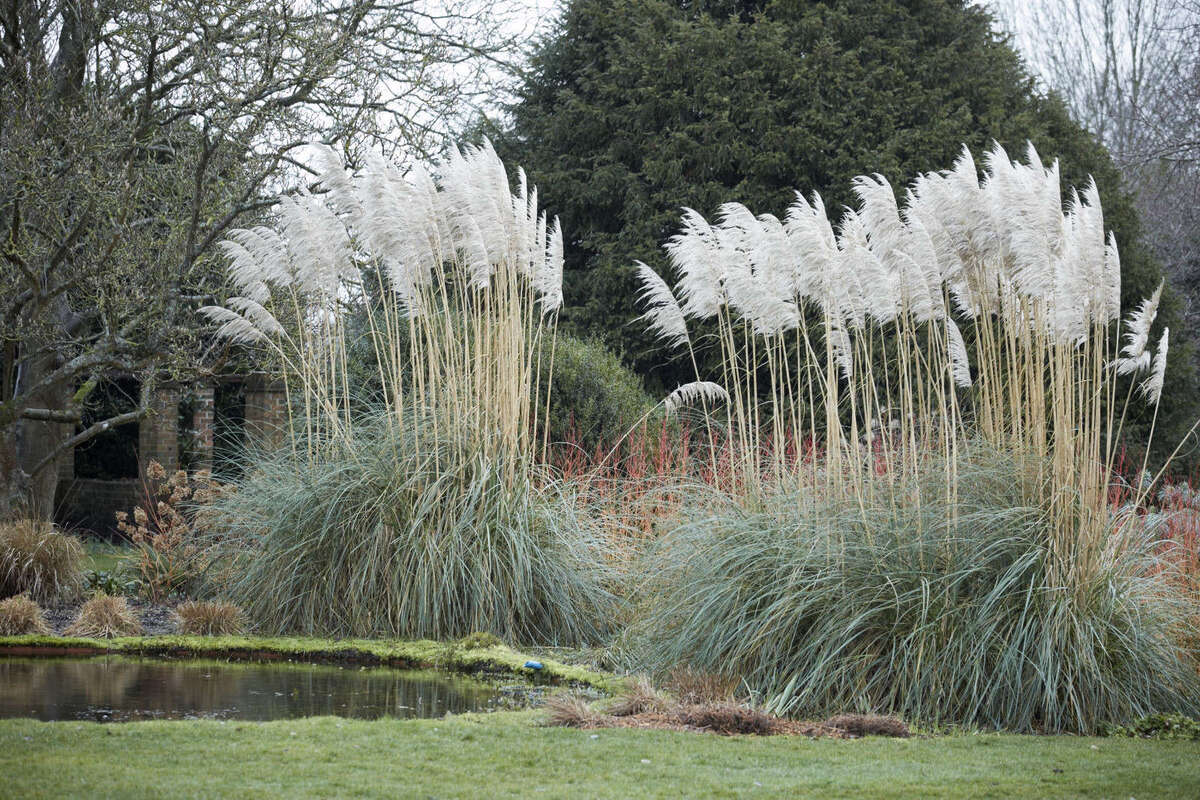
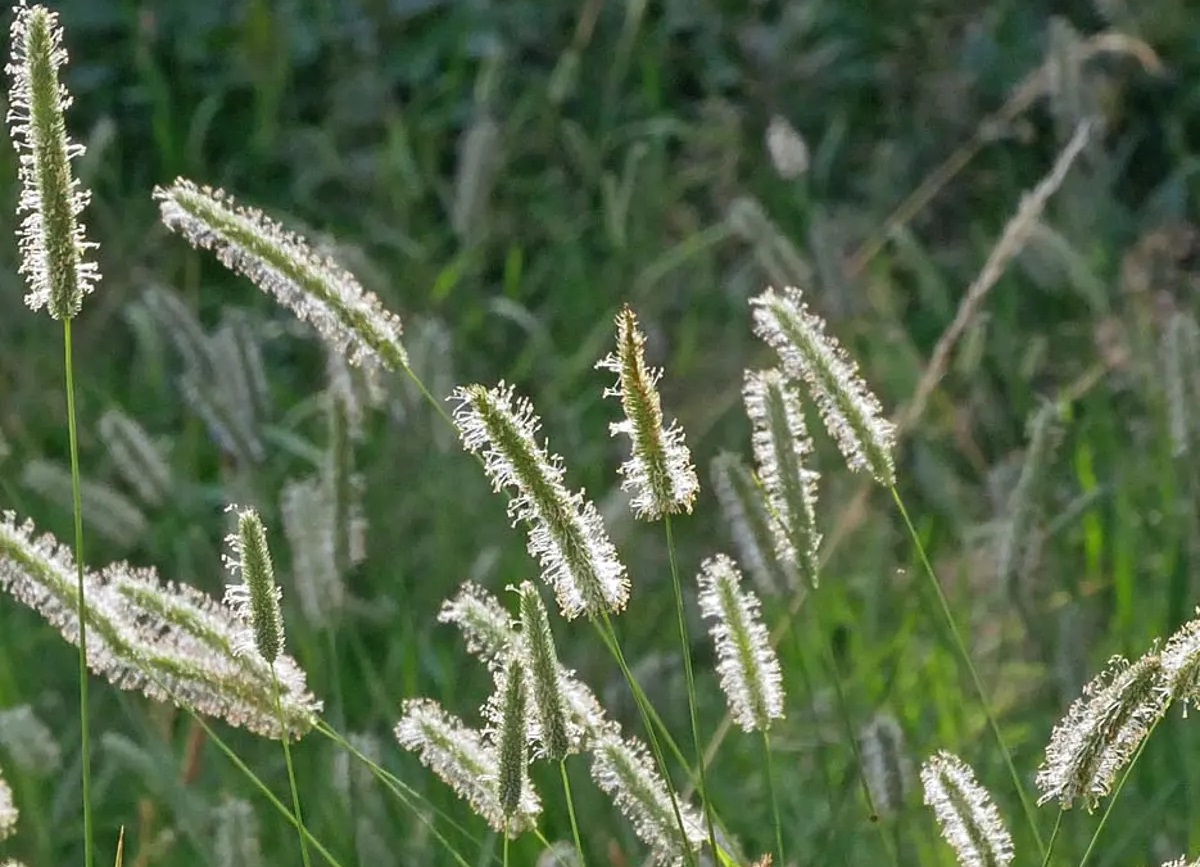
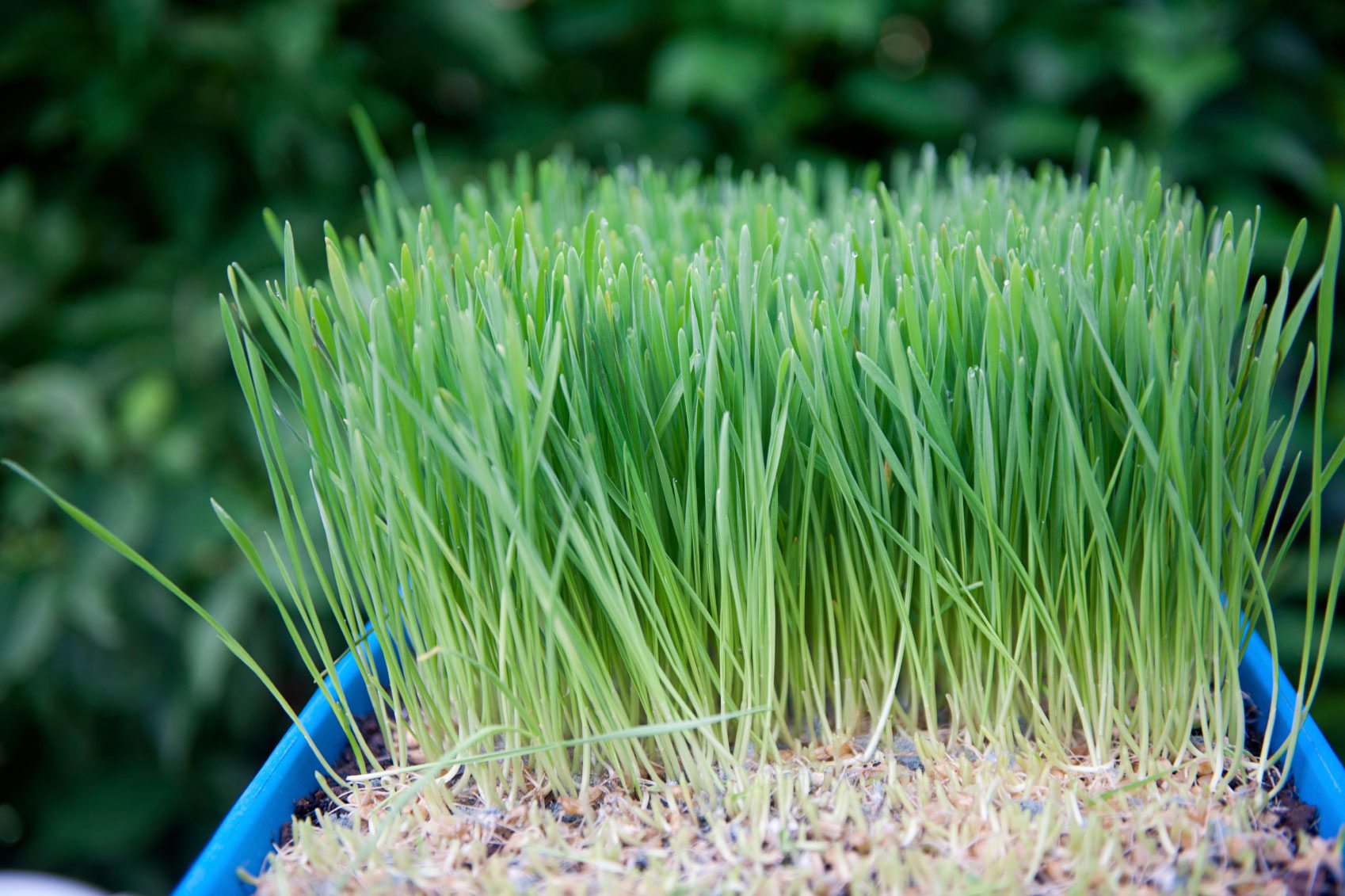
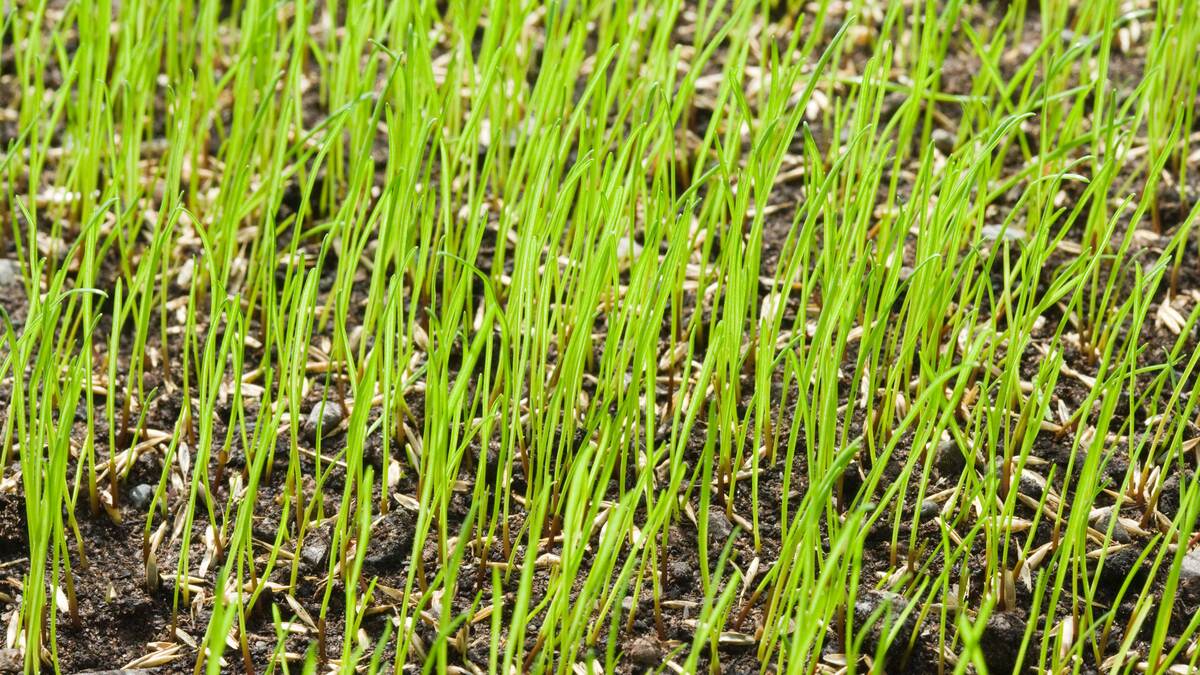
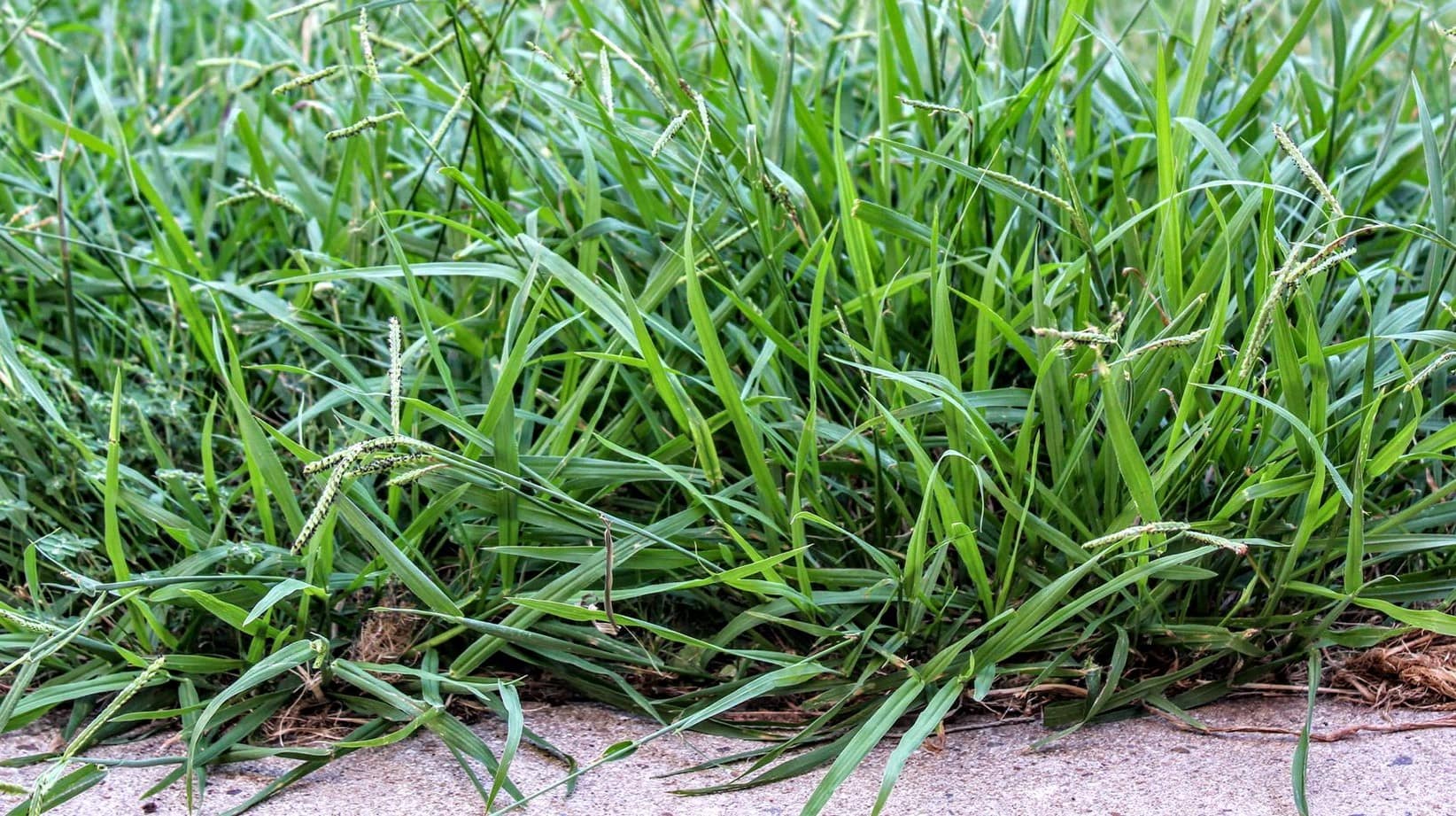
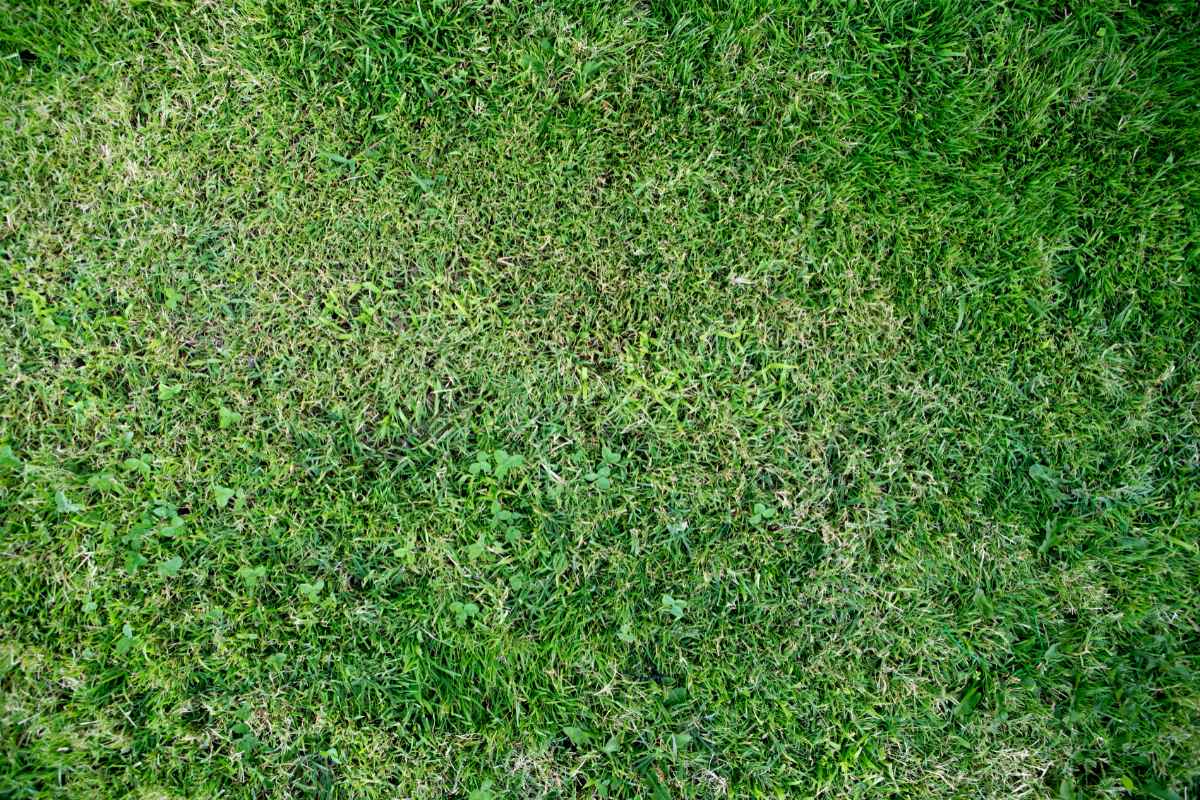
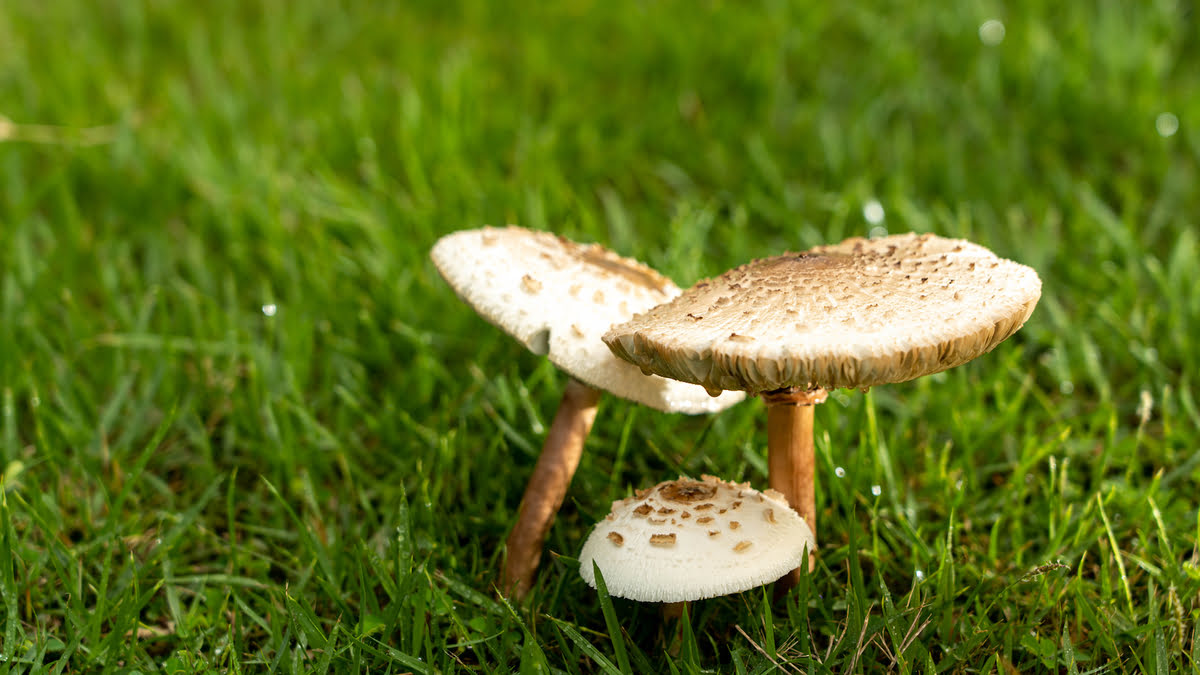
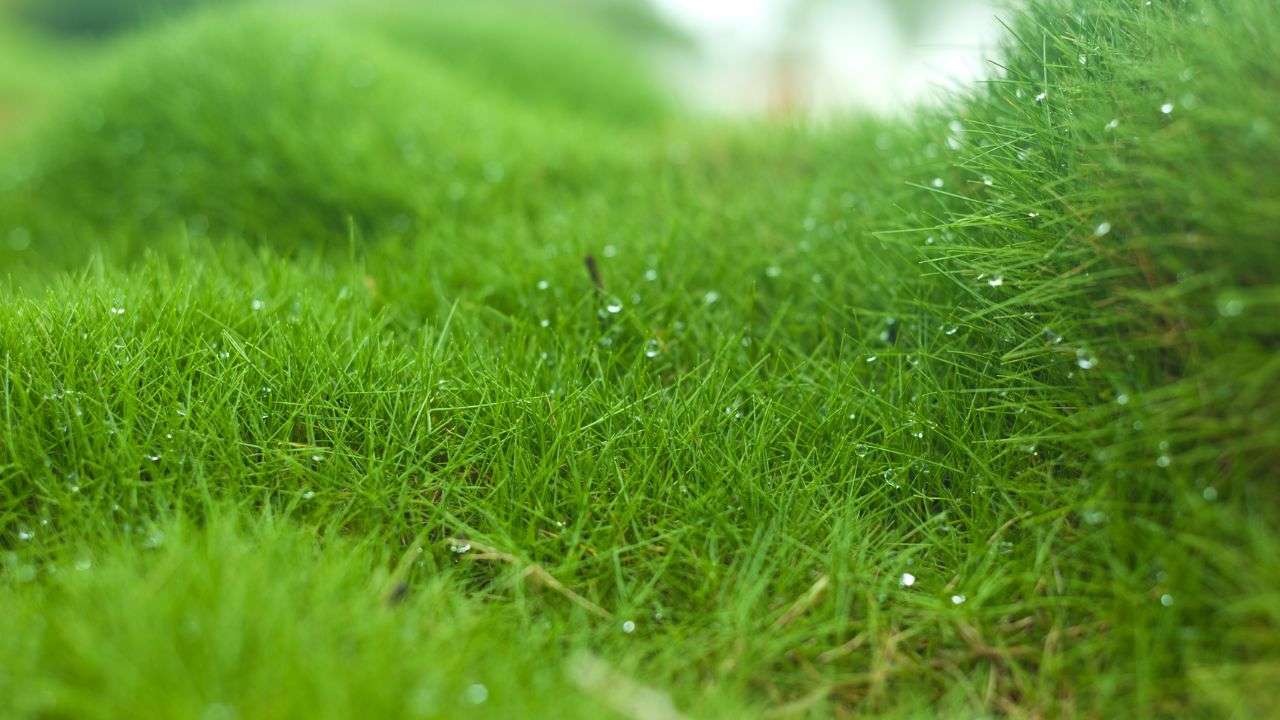
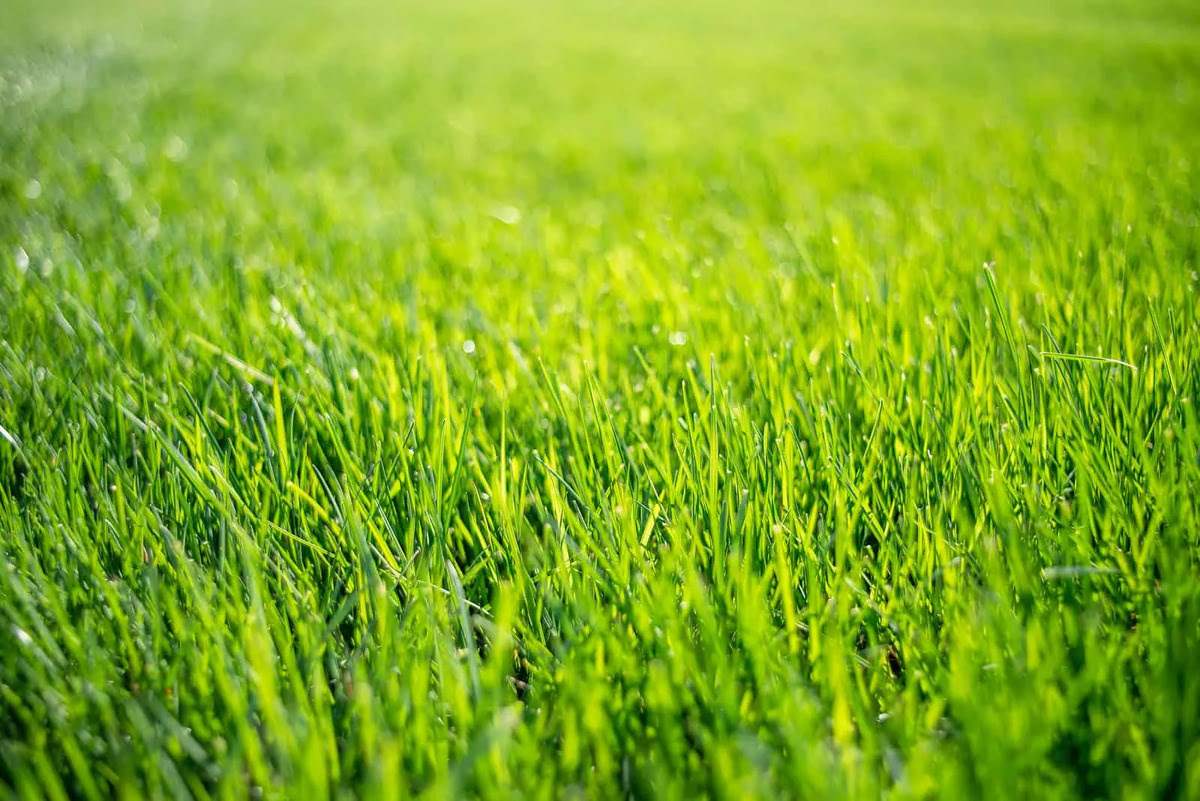
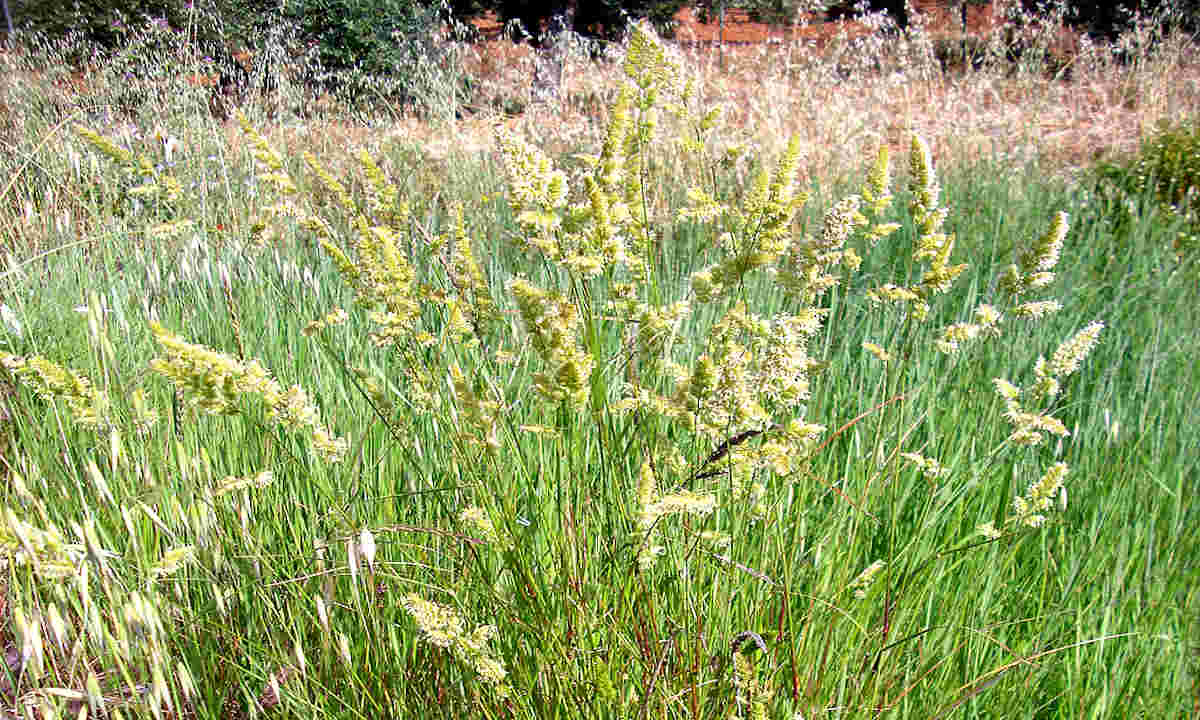

0 thoughts on “How Fast Does Grass Grow In A Week”